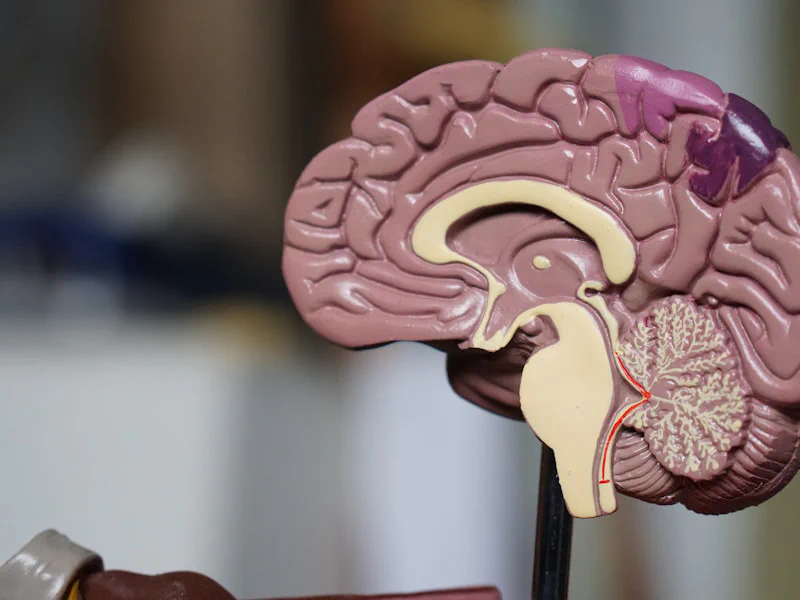Effects of Tratak on Eye Health and Vision
Info
👁️ This article explores how the yogic practice of Tratak—focused candle gazing—affects your eyes, vision, and screen-related fatigue, based on both tradition and scientific research.
🌟 Introduction: A Gaze That Heals?
The eyes are both gateways to perception and mirrors of strain. In an era dominated by screens, eye fatigue has become nearly universal. Could an ancient yogic practice involving nothing more than a steady gaze into a candle flame actually offer relief—or even improve vision?
This article investigates the claim that Tratak (or Trataka) enhances visual function, reduces eye strain, and promotes ocular health. We explore classical yogic assertions, scientific studies, anatomical reasoning, and real-world testimonials.

🔍 What is Tratak, Visually Speaking?
Tratak is a meditative exercise involving fixed gaze on an object, most commonly a candle flame. Practitioners maintain a steady, unblinking gaze until tears flow, then close their eyes and visualize the flame internally.
Physiological elements involved:
- Extraocular muscle control (gaze stability)
- Reduced blink rate (though encouraged to blink when needed)
- Near-midrange focus (1–1.5 meters)
- Low-luminance contrast (ideal for visual fatigue restoration)
These actions engage oculomotor muscles, affect accommodation, and recruit brain areas responsible for attention and sensory filtering.
📚 Yogic Texts on Tratak and Vision
Classical texts offer insight into why Tratak has long been associated with eye health and clarity of vision.
Tip
🕉️ “Trataka eradicates all eye diseases, fatigue, and sloth and brings about clairvoyance.” — Hatha Yoga Pradipika 2.31
Traditional claims include:
- Strengthening of the ciliary and rectus muscles
- Enhanced concentration via ocular stability
- Purification of vision—both physical and intuitive
- “Third eye” stimulation linked with Ajna chakra
Modern yoga manuals (e.g. Swami Satyananda Saraswati’s Asana Pranayama Mudra Bandha) continue to include Tratak in routines aimed at restoring ocular comfort and mental clarity.
🧬 Eye Physiology: What Gaze Training Might Do
From an anatomical perspective, Tratak engages and challenges several systems:
- Extraocular muscles: responsible for precise eye movements. Tratak strengthens the medial/lateral recti during fixed-point convergence.
- Ciliary body: involved in lens focusing. Sustained gaze may support the lens’ accommodation endurance.
- Visual cortex: attentional focus enhances occipital lobe processing efficiency.
Additionally, steady visual attention can entrain parasympathetic tone, aiding ocular relaxation and systemic calm.

🧪 Scientific Studies on Tratak and Vision
While still emerging, research on Tratak and eye function is promising:
Rajni Garg (2023, VAYU USA): Participants showed significant improvement in Visual Strain Questionnaire (VSQ) scores after a 2-week online Tratak program. Blink restoration and reduced eye fatigue were noted. → Study PDF
Jain et al. (2021): Showed that daily 10-minute Tratak reduced digital eye strain symptoms in IT professionals. Measures included blinking rate normalization and subjective comfort scores.
Bhandari et al. (2024): Combined Tratak and Kapalabhati practices led to improved EEG complexity and visual stability markers.
Although larger RCTs are missing, these studies build a physiological basis for Tratak’s restorative effects.
💻 Tratak vs Digital Eye Strain
Digital eye strain (DES) includes:
- Dryness
- Headaches
- Blurred vision
- Reduced blink frequency
- Fatigue from screen flicker and convergence demand
Tratak’s effects counteract DES:
| Symptom | Screen-Induced | Tratak Counteraction |
|---|---|---|
| Blink suppression | ↓ Blink rate | Encouraged recovery phase after gaze |
| Ciliary fatigue | Continuous accommodation | Midrange stable focus allows relaxation |
| Visual noise | Screen flicker, blue light | Flame has minimal flicker, warmer tone |
| Eye motion strain | Saccades + convergence | Fixed-point stability reduces demand |

📈 Reported Benefits from Practitioners
Across personal diaries, forums, and yoga circles, many report benefits like:
- Sharper visual clarity
- Relief from dry eye
- More comfort reading or working under bright light
- Inner eye awareness and meditative visuals
“After 2 weeks of Tratak, I no longer feel pressure behind my eyes after work.” — User report from YogicForums.net
However, not all reports show objective improvements in visual acuity. Effects may vary by practice time, technique, and underlying conditions.
⚠️ Risks and Cautions
Warning
Overdoing Tratak can cause eye irritation, fatigue, or blurred vision. It should not be used as a replacement for medical eye treatment.
Safe practice tips:
- Start with 5–10 minutes
- Place candle at eye level, ~1 meter away
- Blink naturally during practice
- Avoid in migraine, glaucoma, or severe photophobia
For comprehensive safety guidance, see our safety tips guide.
🔚 Conclusion: Ancient Insight for Modern Eyes
While definitive clinical evidence is still forming, Tratak appears to be a low-risk, potentially beneficial practice for reducing eye fatigue, especially from screen overuse.
By combining attentional training, ocular stillness, and mental calm, it offers a valuable complement to vision care—not a replacement for it. With mindful application, the flame may help not only still the mind, but soothe the eyes as well. To understand more about the underlying mechanisms, explore our guide on the science behind Tratak.
📚 References
- Garg, R. (2023). Tele Yoga Tratak: Visual Strain Study. PDF
- Jain, A. et al. (2021). Trataka for IT Professionals with Eye Fatigue. Journal of Yoga & Vision Sciences.
- Bhandari, R. et al. (2024). EEG Effects of Tratak & Kapalabhati. ResearchGate - Note: Access may be restricted
- Swami Satyananda Saraswati. Asana Pranayama Mudra Bandha. Bihar School of Yoga.
- Hatha Yoga Pradipika, Verse 2.31
- American Optometric Association. Digital Eye Strain Guidelines.
- Kumar, S. et al. (2020). Comparative Eye Fatigue Metrics Between Screen Work and Candle Fixation. Indian Journal of Clinical Physiology.